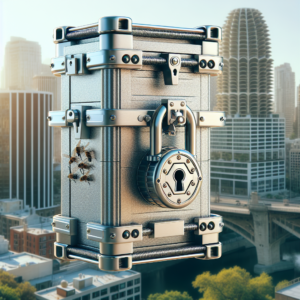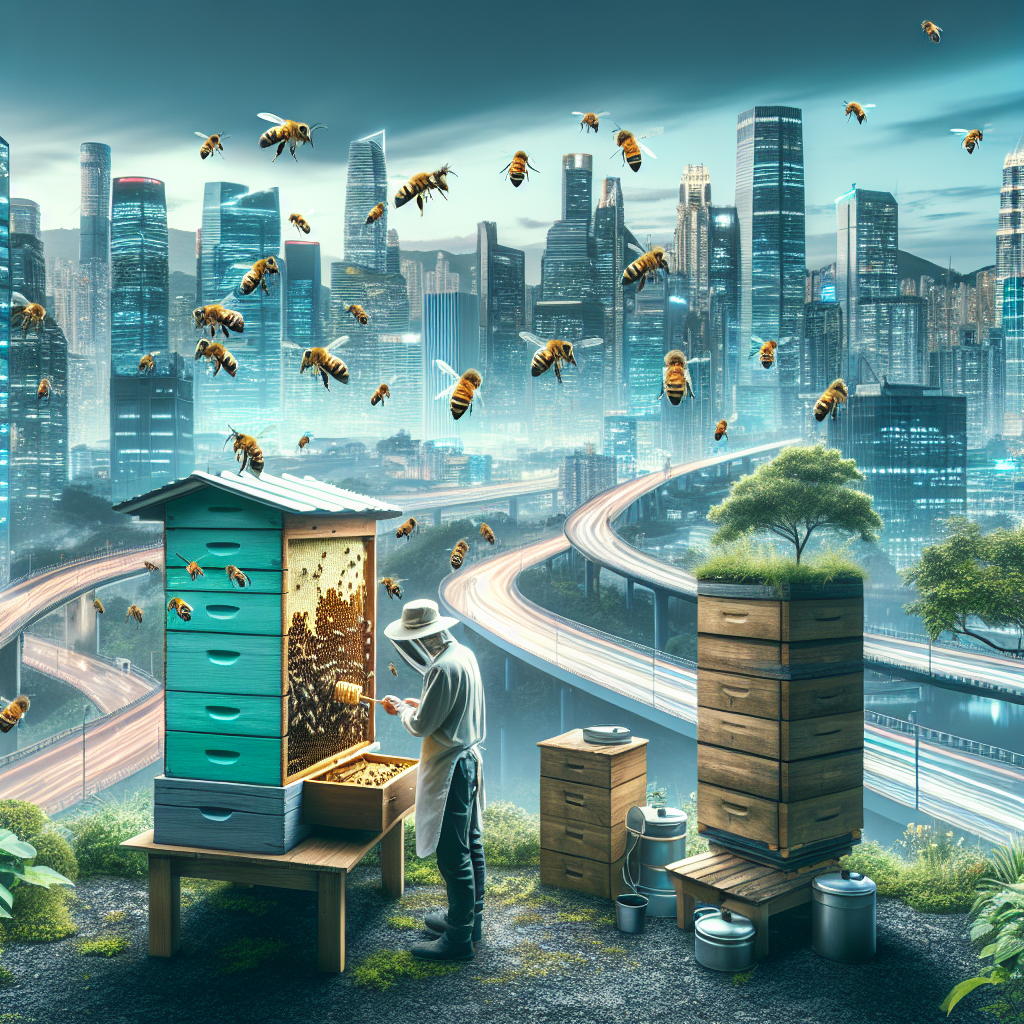
Living in an urban area has its perks, but it also presents challenges for aspiring beekeepers. One of the biggest obstacles is managing the noise and pollution that often comes hand in hand with city life. However, fret not, as there are effective ways to address these issues and create a harmonious environment for your buzzing companions. From utilizing natural barriers to implementing soundproofing techniques, this article will guide you through practical solutions to ensure a peaceful and sustainable urban beekeeping experience. So, grab your bee suit and get ready to embark on a buzzing adventure!
Ways to Manage Noise and Pollution in Urban Beekeeping
Urban beekeeping is a rewarding and important practice that helps promote biodiversity and supports pollination. However, managing noise and pollution in urban beekeeping can be challenging. This article will provide you with effective strategies to address these issues and create a healthier environment for your bees, neighbors, and yourself.
Selecting the Right Location
Choosing the right location for your urban beehives is crucial in minimizing potential noise and pollution concerns. Look for areas that are away from busy roads, construction sites, and major sources of noise pollution. Residential areas with lush green spaces offer a more tranquil environment for your bees, reducing stress levels and noise disturbances.
Installing Noise Barriers
To address noise concerns in urban beekeeping, consider installing noise barriers around your beehives. These barriers can be made of thick wooden panels, decorative fences, or even natural elements like hedges. They serve as a buffer, absorbing or deflecting noise from nearby roadways or construction sites, creating a more peaceful environment for both the bees and the surrounding community.
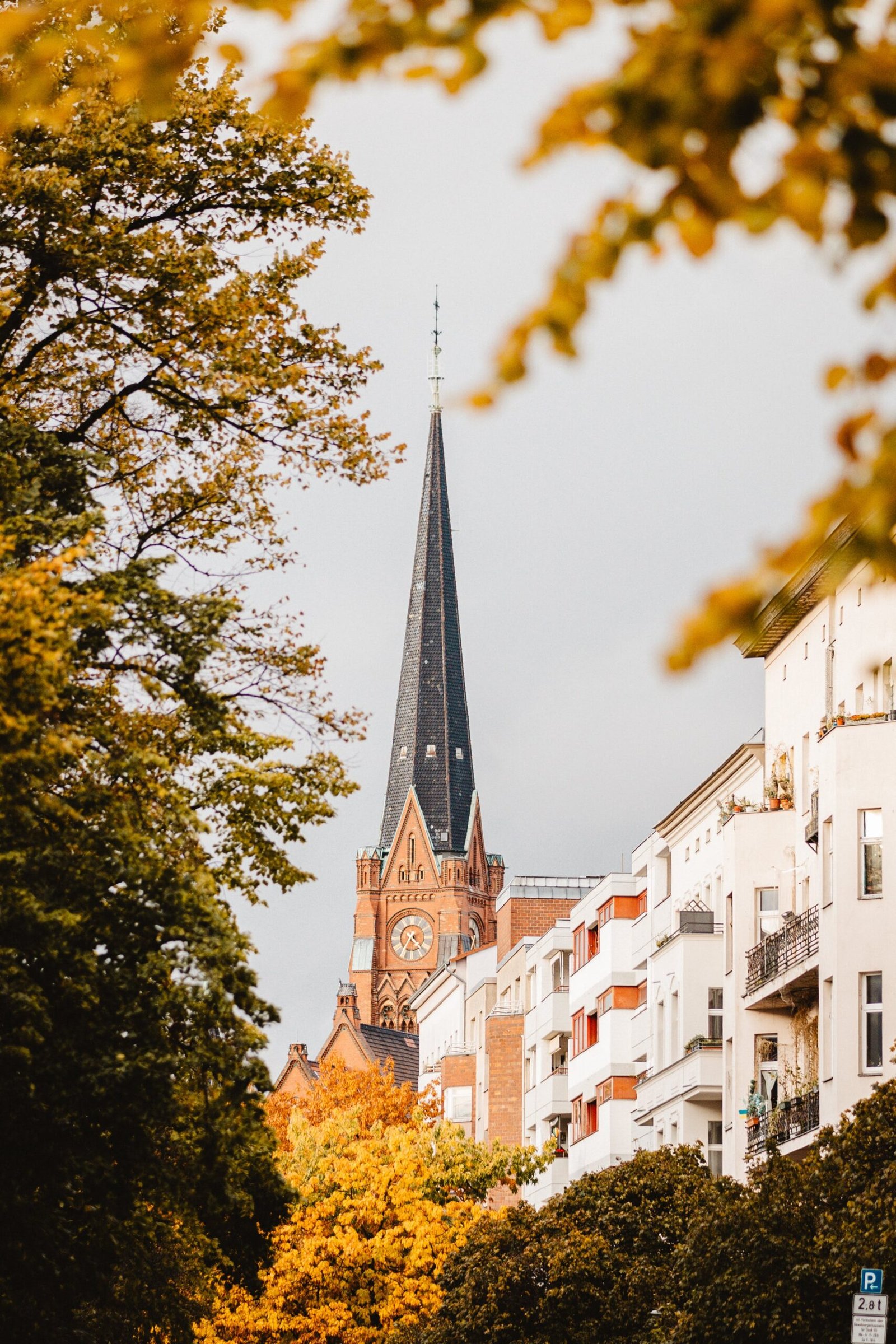
Minimizing External Noise Sources
In addition to installing noise barriers, it’s essential to identify and address other noise sources that may disturb your bees. Equip nearby machinery, such as air conditioning units or generators, with noise-reducing enclosures or consider relocating them away from the beehives. Regularly inspect and maintain equipment, ensuring they are in good working condition and emit minimal noise.
Planting Bee-Friendly Vegetation
Planting bee-friendly vegetation around your beehives not only provides a natural food source for your bees but also helps to mitigate pollution and noise. Choose flowering plants and trees that produce ample nectar and pollen, such as lavender, sunflowers, or fruit trees. These plants act as a barrier, absorbing pollutants from the surrounding air while also acting as a buffer against noise pollution.
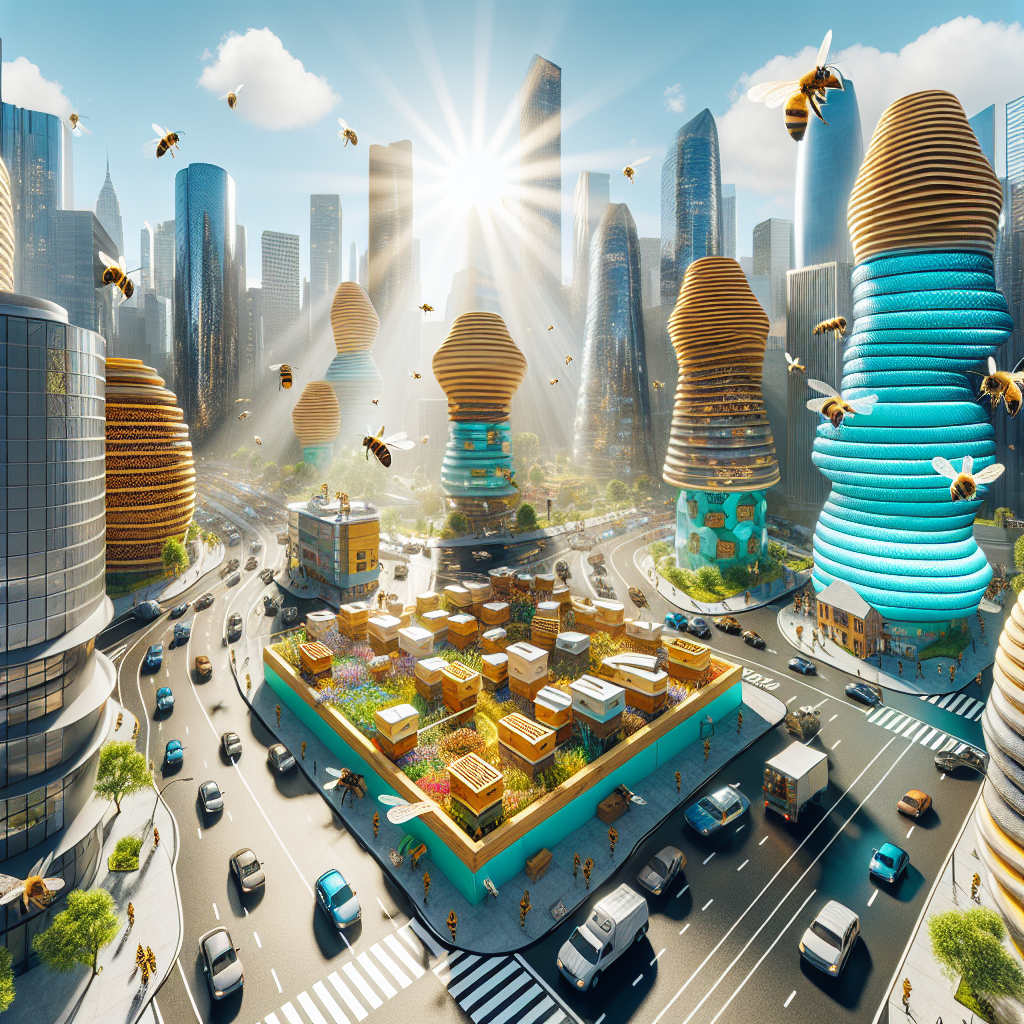
Regular Cleaning and Maintenance
Maintaining clean and well-maintained beehives is essential for minimizing noise and pollution. Regularly clean and inspect the hives, removing any debris or animal waste that may attract pests or cause contamination. Proper ventilation and airflow within the hives also help reduce the buildup of pollutants and promote a healthier bee environment.
Using Appropriate Hive Designs
Consider using hive designs that are specifically engineered to reduce noise and pollution. Some hive designs incorporate sound-dampening materials or insulation, minimizing noise transmission both internally and externally. Additionally, choose hive materials that are easy to clean and maintain, reducing the risk of pollutants accumulating inside the hive.
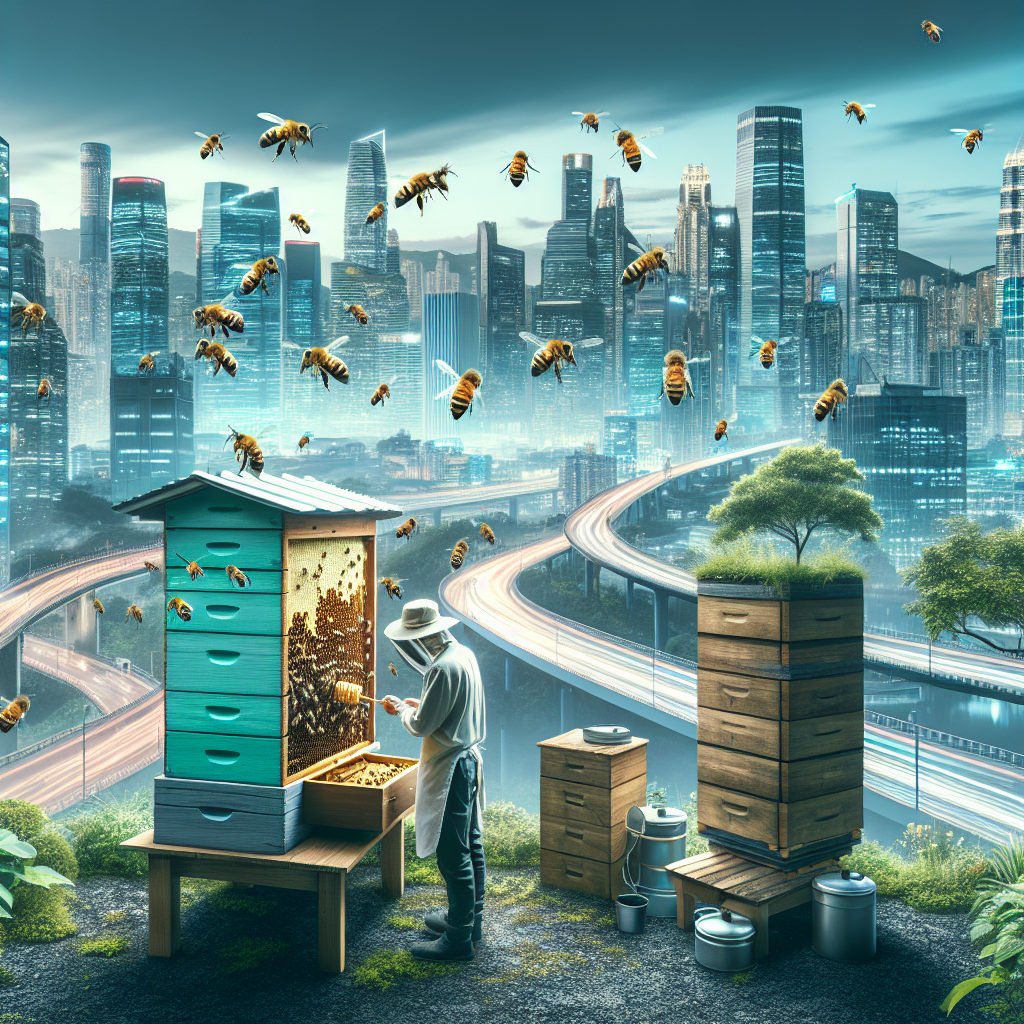
Educating the Community
Engaging and educating the local community about urban beekeeping can foster greater understanding and support for your beekeeping efforts. Organize workshops or community events to educate neighbors on the importance of bees, their role in pollination, and how you are actively managing noise and pollution around your hives. Encourage open communication and address any concerns or misconceptions that may arise.
Collaborating with Local Government
Collaborating with local government and relevant organizations can be beneficial in managing noise and pollution in urban beekeeping. Work with local officials, environmental agencies, or urban planning departments to develop guidelines or regulations that outline best practices for managing bees in urban settings. By actively participating in local initiatives, you can contribute to a sustainable and harmonious urban environment for both bees and humans.
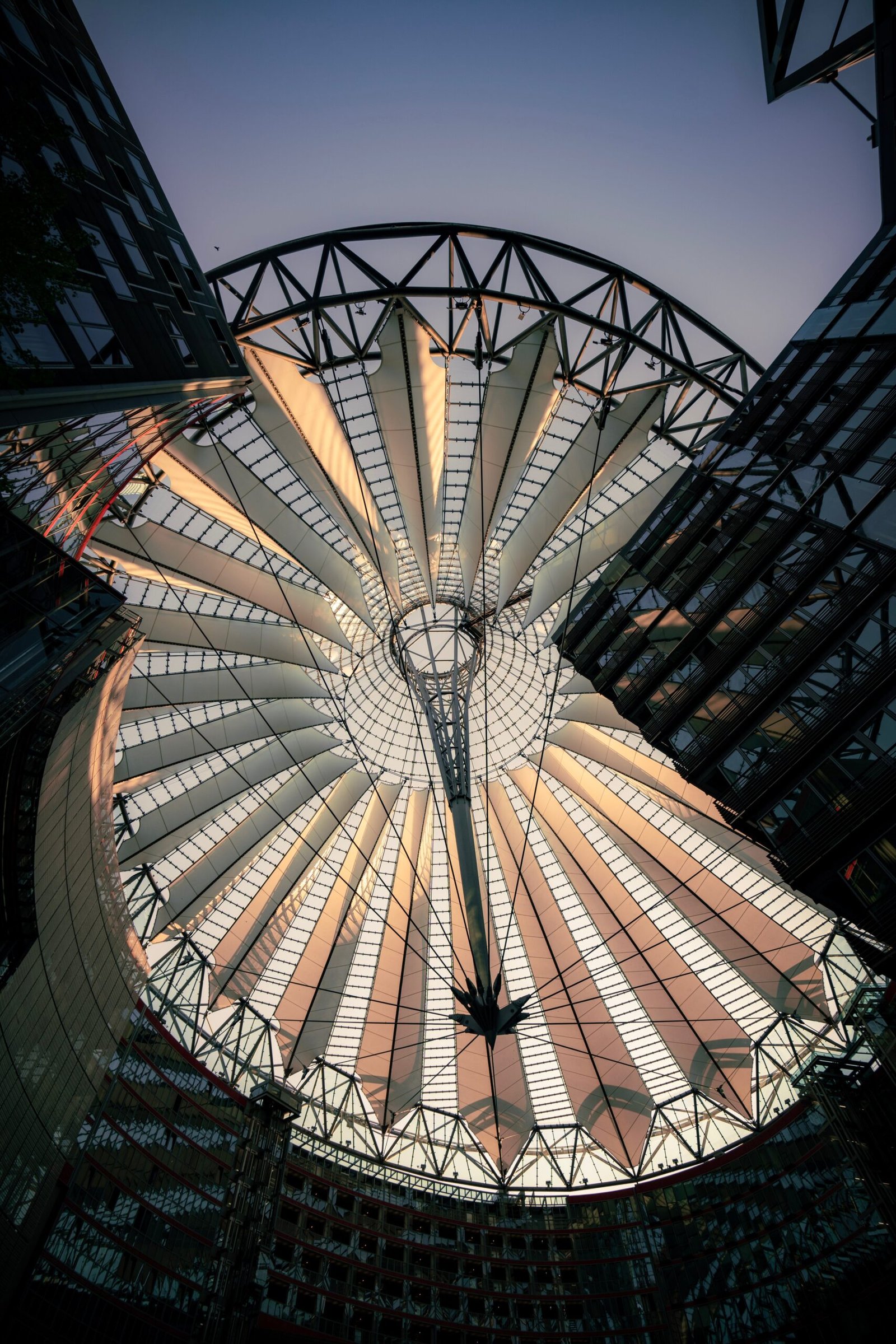
Implementing Green Roof Systems
Green roof systems provide an innovative solution for mitigating noise and pollution in urban beekeeping. By installing vegetation on rooftops, you create an additional green space that helps absorb noise pollution and filter air pollutants. This not only benefits your bees but also enhances the overall quality of life in urban areas. Consult with professionals in green roof design and installation to ensure the implementation of a safe and effective system.
Monitoring Noise and Pollution Levels
Regularly monitor the noise and pollution levels around your beehives to ensure that your noise and pollution management strategies are effective. Use sound level meters to measure noise levels and air quality monitors to assess pollution. Set up a routine monitoring schedule, and if any levels exceed acceptable limits, reevaluate your current strategies and make necessary adjustments to minimize the impact on your bees and the environment.
In conclusion, effectively managing noise and pollution in urban beekeeping is crucial for the well-being of your bees and the surrounding community. By selecting the right location, installing noise barriers, minimizing external noise sources, planting bee-friendly vegetation, and implementing proper cleaning and maintenance practices, you can create a more peaceful and sustainable environment for your urban beekeeping endeavors. Educate the community, collaborate with local government, implement green roof systems, and consistently monitor noise and pollution levels to ensure you are providing the best conditions for your bees and fostering a harmonious urban environment.

